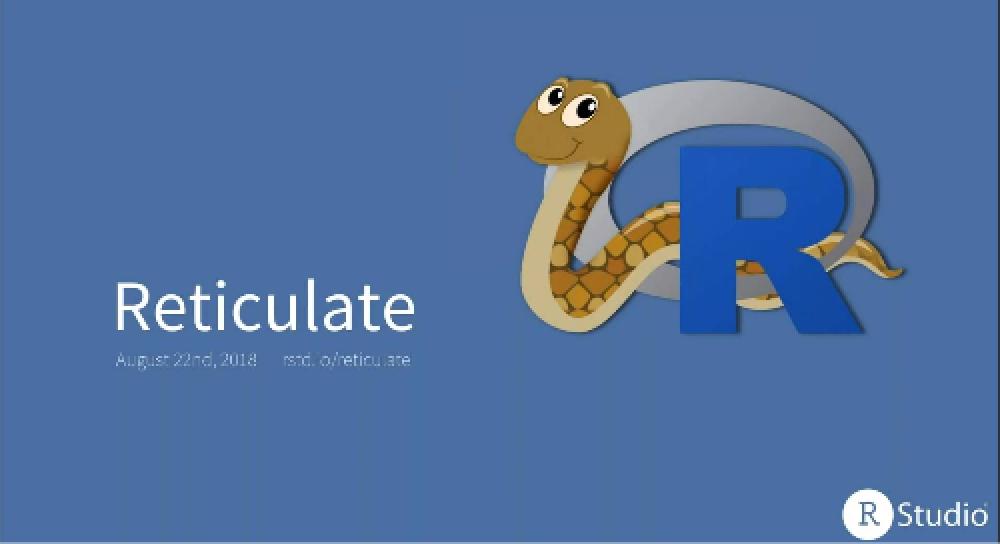

If you have a data set called M, then the command dput(M) provides a shorthand way of storing the dataset. ) syntax is a short-hand way of storing a data set. Q: Is the M=structure(.list(., class = “ame) the same as M=ame(.)? Is there some reason to prefer to use structure(list, … ,) as opposed to M=ame?Ī: They are not the same. If you missed the live webinar, you can download the recording here: Ten Data Analysis Tips in R. So David has graciously agreed to answer questions here. As usual, we had hundreds of attendees and didn’t get through all the questions. This webinar will show examples of all these capabilities, and discuss the benefits of leveraging R and Python.We were recently fortunate to host a free The Craft of Statistical Analysis Webinar with guest presenter David Lillis. Organize and share Jupyter Notebooks alongside your work in R and your mixed R and Python projects.Leverage a single infrastructure to launch and manage Jupyter Notebooks and JupyterLab environment, as well as the RStudio IDE.Easily combine R and Python in a single Data Science project.In this webinar, you will learn how RStudio helps Data Science teams tackle all these challenges, and make the Love Story between R and Python a happier one: Data Science leaders and business stakeholders find it difficult to make key data science content easily discoverable and available for decision-making, and IT Admins and DevOps engineers grapple with how to efficiently support these teams.

We’ve heard from our customers how even experienced data scientists familiar with both languages often struggle to combine them without painful context switching and manual translations. While both languages are tremendously powerful, teams frequently struggle to use them together. Many Data Science teams today are bilingual, leveraging both R and Python in their work.


 0 kommentar(er)
0 kommentar(er)
